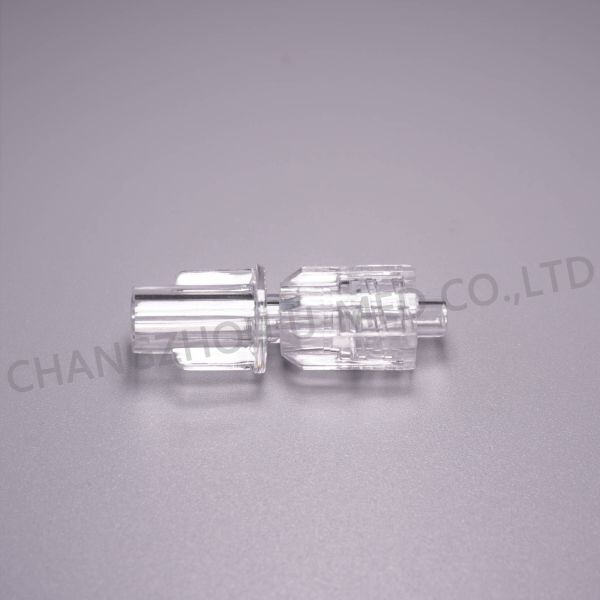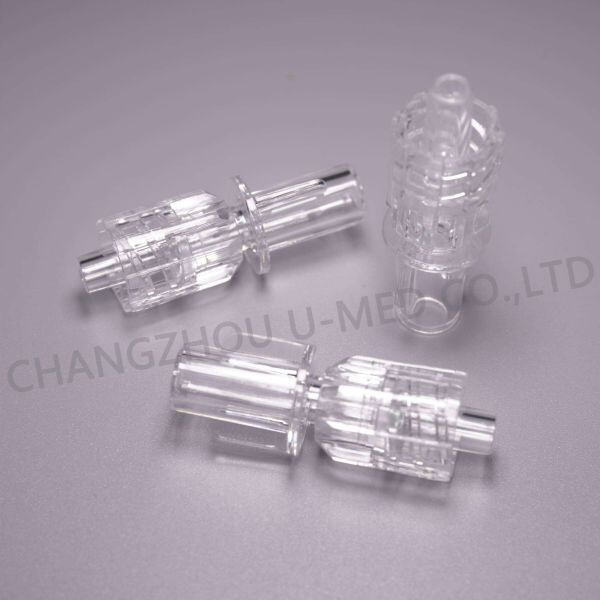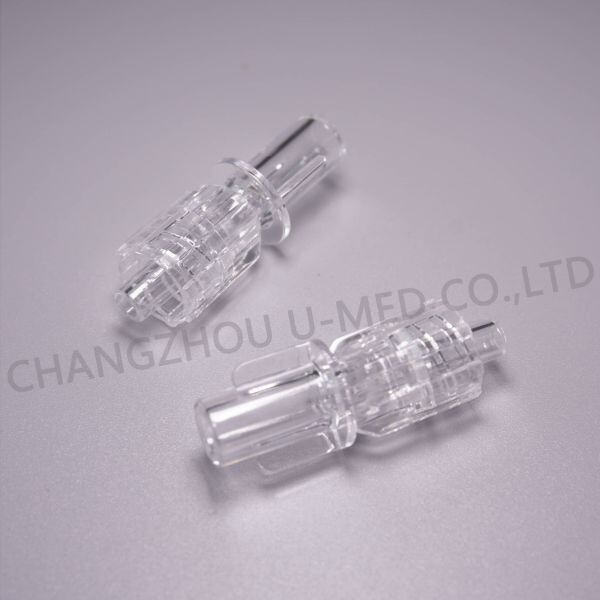Have you ever wondered about the actual mechanism of how when you go to a doctor and get an injection, somehow that medicine goes into your body? The open/closed state of this connector is controlled by the above machine that doctors can use to connect your syringes or IV tubes. Manufacturers are part of a critical connector in ensuring that the medicine can be safely and correctly delivered. Luer Lock and Luer Slip are the two most common types of connectors used in medical procedures. While they may appear to be similar at first sight but there are some key distinctions that you should know.
Luer-Slip connections, as the name implies, simply slip together. When these clips are smushed down it hammers a ceramic cylinder onto valleys in the open end of another roller; as seen below. The sliding function of Luer Slip connectors and it is typically less costly than the Luer Lock type. Although to be fair, Luer Slip connectors are easier to use; they can easily come loose as well. This becomes risky during a medical procedure as they might accidentally slip off causing the medicine to spill or for it not to go into your body properly.
Luer Lock connectors on the other hand work a little differently. The tube is twisted and then locked into place onto the syringe or IV, ensuring a secure connection. This makes these far safer for medical use. It also helps in keeping the connection secure, so it does not disconnect unintentionally. This becomes surprisingly important, especially when it's strong medicine that either can do a lot of stuff or needs to be given exactly Right Amount.
For which connector is better depends on different use-case? What really goes on during the medical procedure will determine your answer. In simple procedures, such as a flu shot or saline solution giving, Luer Slip connectors are generally the connector of choice. Fasten on fast and appear set, this enables the tech to get worked on quicker.

How Luer Lock and Luer Slip Connectors Work The edges of a Luer Slip are smooth, and it fits into the syringe or IV tube that has a larger opening. All you have to do is push the two pieces together. However, they can break apart if you pull too hard or exert much pressure. This is why they are not the best fit for really important medical procedures in which a stable connection is required.

Luer Lock connectors are different. The syringe and / or IV tube have matching grooves to fit this special tip a little like osgood- schlatter braces. You can then lock the two together by turning them so those parts line up in a straight way. This creates a tight seal under pressure and keeps the two parts from breaking apart too easily. This design increases the safety factor (which is critical in many medical situations).

Luer Lock connectors are viewed as safer for most medical procedures in general. This is especially true when you want accurate dosing of medications or are administering a dangerous fluid. That said, we can also see that the connectors used are both beneficial to medicine. There is a specific need where each of the types to be chosen for any when everything happens on needing basis.